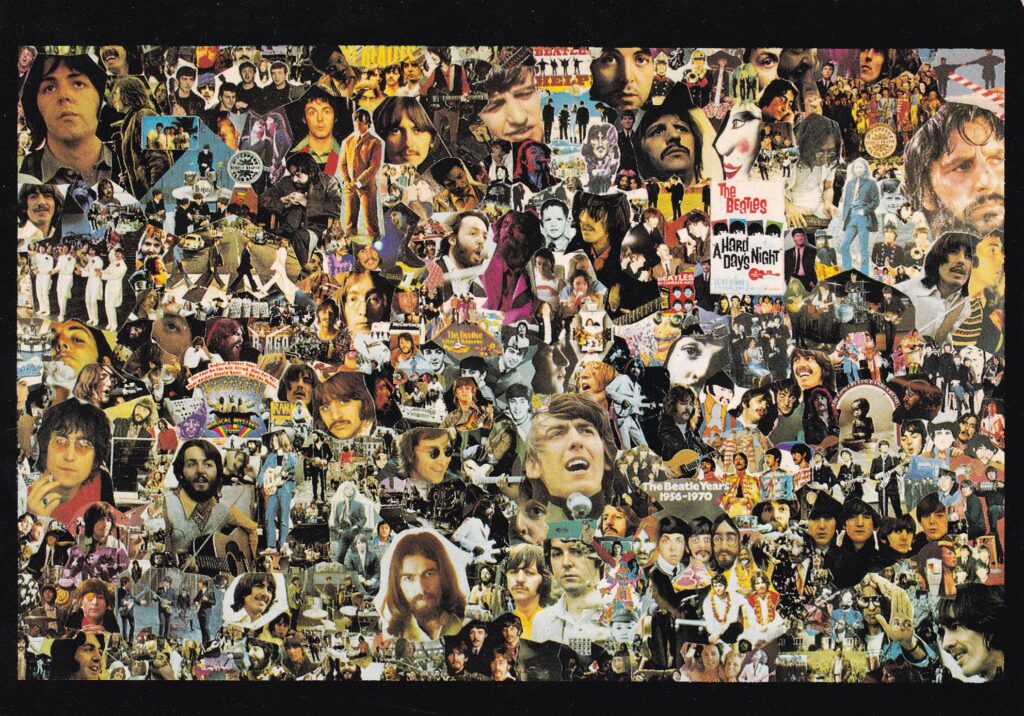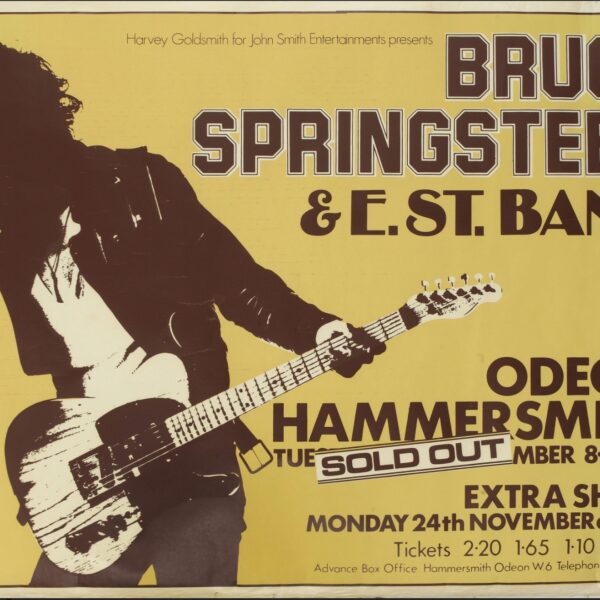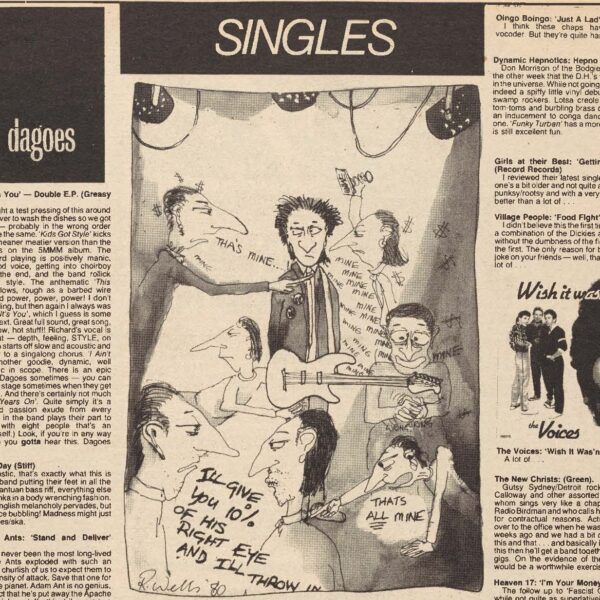1970: Goodbye Beatles. And so long Janis, Jimi and Jim.
1970 saw the end of many things. The sixties of course.
But also The Beatles, who announced their split in April. And Jim Morrison of The Doors, who was found dead in his bathtub in Paris, France on 3 July. Although accounts about the precise circumstances vary, it is generally agreed that he suffered a heart attack after taking heroin. And Jimi Hendrix, who was found unresponsive by his girlfriend Monika Dannermann in her apartment in Notting Hill, London on 18 September. The post-mortem concluded he aspirated on his own vomit and died of asphyxia while intoxicated with barbiturates. And Janis Joplin, who died in her hotel room in Hollywood, Los Angeles on 4 October from a heroin overdose. As Steppenwolf sang on the Easy Rider soundtrack, ‘Goddamn the pusher man.’
And on a personal note, for me, it was the end of schooldays. The Spotify playlist below is the fifth and last in the series covering my time at Whyalla Technical High School. I did well enough in my final exams to earn a Commonwealth University Scholarship and left home at the beginning of 1971 to start a science degree at the University of Adelaide.
In all the playlists, I’ve taken as my base the singles that appeared on Australian radio station charts in those years. But as I’ve moved through the years from 1966, I’ve found that I’ve jettisoned more and more of the 45s that charted and included more and more tracks from albums. And for 1970, that is more so that ever. Two reasons, basically. Firstly, to my ears anyway, the quality of the singles noticeably declined. And secondly, the number of albums and the quality of tracks on those albums soared.
Some observations. Let It Be was the final Beatles album. Its release was closely followed by McCartney and then, at the end of the year Lennon’s John Lennon/Plastic Ono Band and Harrison’s triple All Things Must Pass. Even Ringo got on the solo bandwagon with Beaucoups of Blues. They all had their moments, but it wasn’t the Fab Four any more.
After some live performances as a sideman with Delaney & Bonnie & Friends, Eric Clapton also released a debut solo album. It was a pretty drab affair, but later in the year he assembled a bunch of gun American musos under the moniker of Derek and the Dominoes and was cooking on all burners in a Miami studio. The crew had just put the finishing touches to a version of Jimi Hendrix’s ‘Little Wing’ when news came through of Hendrix’s demise. Eric was reportedly devastated. Although it didn’t set the charts on fire when it was released, that album, Layla & other Assorted Love Songs, is now regarded as a classic. Clapton spent most of the rest of the seventies in a heroin haze.
Bubblegum, so prominent in 1969, virtually disappeared, while glam reared its pretty little head with T. Rex’s ‘Ride a White Swan’. Prog rock really got into its stride in the UK, with King Crimson’s In the Court of the Crimson King, Emerson, Lake and Palmer’s eponymous debut, two efforts from Van der Graaf Generator, Trespass from Genesis, the Moody Blues’ breakthrough A Question of Balance, On the Boards by Taste, Pink Floyd’s massive Atom Heart Mother and many more.
Electric folk also bloomed in Britain, with debuts from Steeleye Span, Fotheringay and Lindisfarne following the path blazed by Fairport Convention the year before. Even prog merchants Led Zeppelin and Traffic got in touch with their folky sides on Led Zep III and John Barleycorn Must Die respectively. And in the singer-songwriter stakes, Cat Stevens hit his stride with the single ‘Lady d’Arbanville’ and then the album Tea for the Tillerman.
But the real singer-songwriter action was happening on the other side of the pond. On the west coast, LA’s Laurel Canyon flourished as ex-Apple signing James Taylor hit big with Sweet Baby James. Joni Mitchell took a giant step forward with Ladies of the Canyon, broke up with Graham Nash and started a relationship with Taylor (who had his own relationship with heroin as well). Crosby, Stills Nash and Young released Deja Vu and had the hit with Joni’s ‘Woodstock’. When National Guardsmen killed four college students at an anti-Vietnam War protest at Kent State, Neil Young wrote ‘Ohio’ in response and CSN&Y rushed it out within weeks. Later in the year, Young released his third solo album After the Goldrush. The canyon was really humming.
Up the coast in San Francisco, Creedence Clearwater Revival banged out hit after glorious hit, while the Grateful Dead temporarily put aside psychedelic noodlings and went back to its folk band roots with its two best albums Workingman’s Dead and American Beauty.
Live albums were a thing. Jimi Hendrix kicked things off with Band of Gypsies in March. Delaney and Bonnie & Friends’ On Tour with Eric Clapton came out the same month and was quickly followed by The Who’s stomping Live at Leeds and the Woodstock triple LP (May). Joe Cocker’s Mad Dogs and Englishmen followed in August and the Stones’ Get Yer Ya-Ya’s Out! the following month. Brass rock was another big trend in 1970, with Blood, Sweat and Tears, Chicago, Buddy Miles, Van Morrison and the British band If all prominent.
Who else was new? The Jackson Five, Little Feat, Alice Cooper, Elton John, Rod Stewart, Roy Harper, Free, Ry Cooder, Bread and The Carpenters, among others. The 70s beckoned.
‘ … retrospectively, those twelve months feel like a solemn requiem for the optimism of the ‘60s.’
In researching this playlist, I came across a review of Stormbringer!, a 1970 album by John and Beverley Martyn. It was recorded in Woodstock, where the British folkies teamed up with several seasoned players such as Levon Helm, Harvey Brooks and John Simon. The review, by someone identified only as JJ, declares it and its follow up Road to Ruin to be two of the best albums of 1970. Big call, I know. But some of JJ’s comments about the year itself struck me as insightful and I include some extracts here.
I usually think of 1970 as the bleakest of years. A more enduring image might be that of those beleaguered festival-goers trudging forlornly along the endless back roads of the Isle Of Wight, their mood darkening by the second. Most of all though I tend to think of long-haired yellow-fingered hippies rolling up on Astral Weeks album sleeves in gloomy bedsits, the curtains drawn tightly together. Perhaps that image has been perpetuated through repeated viewings of Bruce Robinson’s razor sharp study of the time Withnail & I (set in late ‘69), but there was certainly something more somber about the mood of 1970—and the music often reflected that. The year would witness the disintegration of The Beatles, the emergence of doom-metal lords Black Sabbath, and the release of Bowie’s heaviest and most disturbing album, so that retrospectively, those twelve months feel like a solemn requiem for the optimism of the ‘60s. The Beatles’ split in April—though protracted and long expected—must in itself have procured an outpouring of national grief, soon to be compounded by Lennon hissing venomous derision upon their legacy, and upon the ‘60s as a whole.
I’ve always found Stormbringer! a terribly sad record, riddled with an aching melancholia, a perfect mirror image of the painful comedown from the ‘60s.
The further removed we become from a particular moment in time, the more we allow our consciousness—our memories, our imagination—to bottle it like a commodity to be recalled and, once savoured, returned—untainted—to the shelf of history. The filtering of memories can be a peculiar thing, but often with hindsight we seem somehow better able to understand the past, and our own place in it.
I couldn’t have put it better myself.





